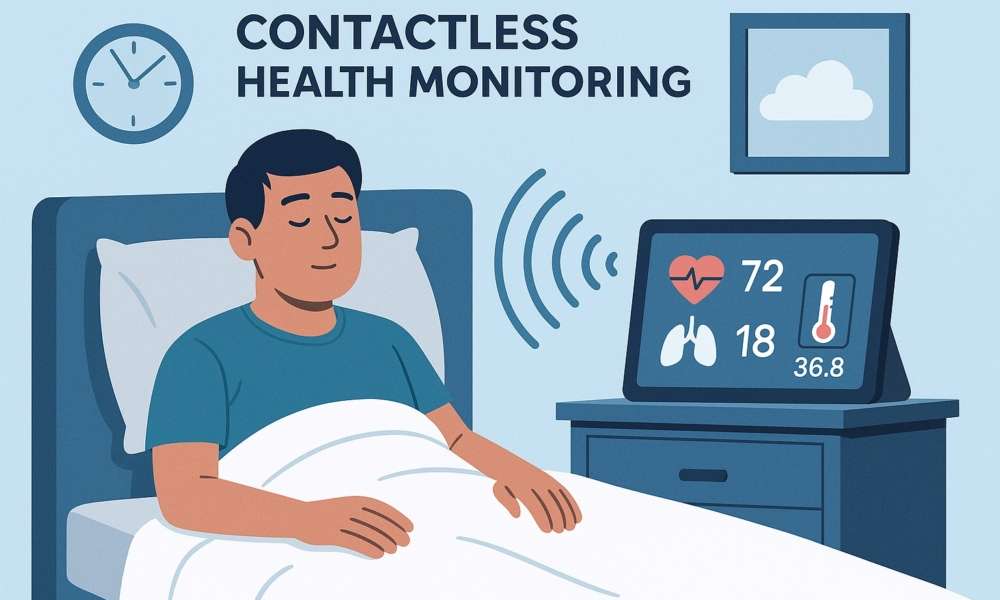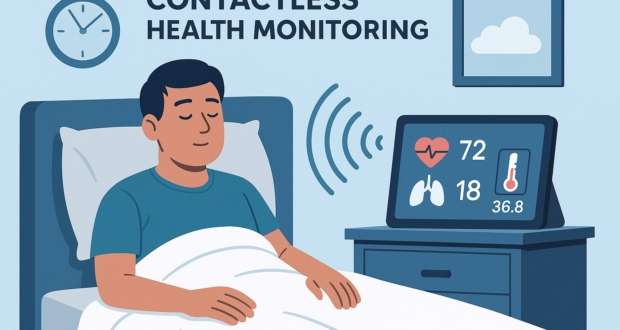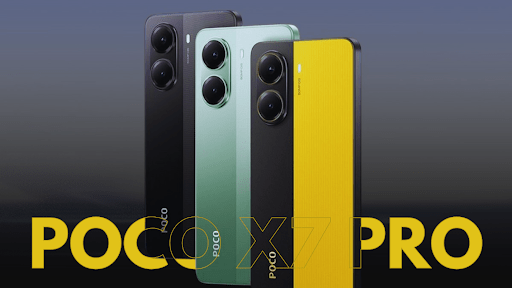The future of health monitoring isn’t on your wrist or around your neck. It’s embedded in your environment, quietly tracking your vital signs and health metrics without you even knowing it’s there. This shift from bulky wearables to invisible health monitoring represents one of the most significant advances in preventive healthcare technology.
Traditional fitness trackers and smartwatches have dominated the health tech landscape for years, but they come with inherent limitations. Users often forget to wear them, devices need frequent charging, and the data collection can feel intrusive. The emerging field of invisible health monitoring addresses these pain points by integrating sensors into our daily environments, creating a seamless and continuous health tracking experience.
What Is Invisible Health Monitoring?
Invisible health monitoring refers to the use of ambient sensors and contactless technologies to track health metrics without requiring users to wear or actively interact with monitoring devices. These systems utilize advanced sensor networks embedded in homes, offices, and public spaces to continuously collect health data through non-invasive methods.
Unlike traditional wearables that require direct skin contact and conscious user engagement, invisible monitoring systems work in the background. They can detect everything from heart rate variability and respiratory patterns to sleep quality and stress levels using technologies like radar sensors, thermal imaging, and advanced acoustics.
Current Technologies in Invisible Health Tracking
The landscape of contactless health monitoring is rapidly evolving, with several breakthrough technologies already making their way to market. These innovations represent a fundamental shift in how we approach continuous health tracking.
Radar-based sensors are leading the charge in invisible monitoring technology. These devices can detect minute chest movements to monitor breathing patterns and heart rate from several feet away. Companies like Google have integrated such technology into their smart home devices, allowing users to track sleep quality without wearing anything to bed. Similarly, thermal imaging sensors can monitor body temperature and detect fever symptoms in real-time, making them valuable for both personal health management and public health screening.
Just as entertainment industries have embraced innovative technologies to enhance user experience, the health monitoring sector is following suit. ICE Casino EU demonstrates how digital platforms can seamlessly integrate advanced features, much like how invisible health sensors are being integrated into our daily environments without disrupting normal activities.
Acoustic monitoring represents another fascinating development in this space. Advanced microphones and AI algorithms can analyze breathing patterns, coughing frequency, and even vocal stress indicators to provide insights into respiratory health and overall wellness. These systems are particularly valuable for monitoring elderly individuals or those with chronic conditions who may forget to use traditional monitoring devices.
Benefits Over Traditional Wearables
The advantages of invisible health monitoring extend far beyond convenience, offering solutions to many persistent challenges associated with wearable technology. These systems address fundamental issues that have limited the effectiveness of traditional health tracking devices.
Key benefits of invisible monitoring systems include:
- No compliance issues – Eliminates “device abandonment” since there’s nothing to remember to wear or charge.
- Enhanced comfort – No physical discomfort during sleep, exercise, or daily activities.
- Continuous data collection – Provides 24/7 health tracking without gaps when devices aren’t worn.
- Better privacy options – Can process data locally without transmitting personal information to external servers.
- Zero maintenance – No charging, syncing, or device management required.
- Improved sleep monitoring – Works optimally during sleep when wearables are often removed.
How to Get Started with Invisible Health Monitoring
Getting started with invisible health monitoring technology doesn’t require a complete home overhaul. Here’s a practical approach for biohackers and health enthusiasts ready to embrace this technology:
- Start with smart home integration – Begin by upgrading existing smart home devices to models with built-in health monitoring capabilities. Many modern smart speakers and displays now include radar sensors for sleep and breathing monitoring.
- Choose your monitoring priorities – Identify which health metrics matter most to you. Focus on sleep quality, stress levels, or respiratory health to determine which invisible monitoring technologies align with your goals.
- Set up a dedicated monitoring space – Create a primary monitoring zone in your bedroom or home office where you spend significant time. This allows for consistent data collection and baseline establishment.
- Ensure proper placement – Position sensors according to manufacturer specifications to optimize accuracy. Most radar-based systems work best when placed 3-6 feet from where you sleep or work.
- Establish baseline measurements – Allow the system to collect data for 2-3 weeks to establish your personal health baselines before making any lifestyle adjustments based on the data.
- Integrate with existing health apps – Connect invisible monitoring data with your current health tracking applications to create a comprehensive health dashboard.
- Gradually expand coverage – Once comfortable with one system, consider adding complementary technologies to monitor different aspects of your health throughout your living space.
Privacy and Accuracy Considerations
While invisible health monitoring offers unprecedented convenience, it also raises important questions about privacy and data accuracy that users must carefully consider.
Privacy concerns center around the continuous nature of data collection and the potential for surveillance. Unlike wearables that users can choose to remove, invisible monitoring systems are always active. However, many modern systems address these concerns through edge computing, processing data locally rather than transmitting it to external servers. Users should look for systems that provide clear data ownership policies and allow for easy data deletion.
Accuracy represents another critical consideration. While invisible monitoring technology has made remarkable strides, it may not yet match the precision of direct-contact wearables for certain metrics. Environmental factors like room temperature, humidity, and electromagnetic interference can affect sensor performance. Users should view invisible monitoring as complementary to, rather than a complete replacement for, traditional health tracking methods.
The following table compares key aspects of traditional wearables versus invisible monitoring systems:
| Feature | Traditional Wearables | Invisible Monitoring |
| User compliance | Requires daily wearing | Automatic operation |
| Battery life | 1-7 days | Continuous (plugged in) |
| Data consistency | Gaps when not worn | 24/7 monitoring |
| Privacy control | User-controlled | Always active |
| Accuracy | High for contact metrics | Variable by technology |
| Setup complexity | Simple pairing | Installation required |
Future of Contactless Health Monitoring
The trajectory of invisible health monitoring points toward even more sophisticated and integrated solutions. Emerging technologies promise to expand both the scope and accuracy of contactless health tracking.
Artificial intelligence and machine learning algorithms are becoming increasingly sophisticated at interpreting subtle environmental changes that indicate health status. Future systems will likely detect early signs of illness, mental health changes, and chronic condition progression through pattern recognition in everyday activities.
The integration of multiple sensor types represents another exciting development. Rather than relying on single-point solutions, future invisible monitoring systems will combine radar, thermal, acoustic, and optical sensors to create comprehensive health portraits. This multi-modal approach will significantly improve accuracy and provide richer health insights.
Smart building integration represents the ultimate evolution of invisible health monitoring. Imagine office buildings that automatically adjust lighting and temperature based on occupants’ stress levels, or homes that detect potential health emergencies and alert medical professionals before symptoms become critical.
Here’s a comparison of current and emerging invisible health monitoring technologies:
| Technology Type | Current Capabilities | Emerging Applications |
| Radar sensors | Sleep, breathing, and heart rate | Gait analysis, fall detection |
| Thermal imaging | Temperature, fever detection | Circulation monitoring, inflammation |
| Acoustic monitoring | Breathing, coughing, and voice stress | Cardiac irregularities, cognitive health |
| Optical sensors | Movement, posture | Blood oxygen, glucose levels |
| Environmental sensors | Air quality, allergens | Medication adherence, mood tracking |
The integration of these technologies with existing healthcare infrastructure will create new opportunities for preventive medicine and personalized health management. Healthcare providers will have access to continuous health data streams, enabling more proactive and precise medical interventions.
























